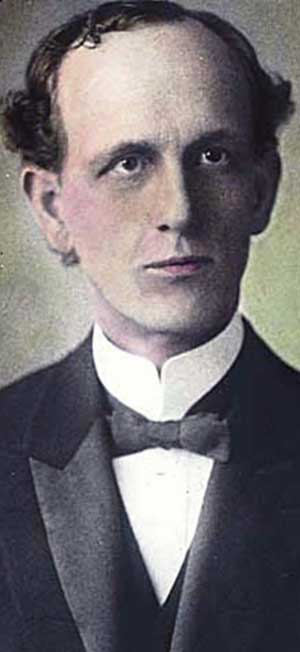On December 28, 1896, the Good Highways Convention meets at the Seattle Chamber of Commerce to promote better roads in the state. Attended by regional officials and parties interested in seeing the state devise a new system of road building, the conference has as its mission to discuss problems with the present system, and to improve it by writing appropriate bills to be submitted to the legislature. This meeting predates the 1899 formation of the Good Roads Association, the organization that will successfully lobby the government for a state-run transportation body to oversee road building. In 1905 the state will establish the Highway Board, which will eventually become the Washington State Department of Transportation (WSDOT).
Loafing v. Building Roads
In 1896, roads were being built within road or county districts, with road district supervisors overseeing construction, "under which more loafing than road building is done," the Post-Intelligencer complained (December 28, 1896). The "Donahue Road Law" was in place. Under this law, roads were built under direct taxation of the property owners alongside the roads.
This was proving inequitable. Many property owners were being taxed beyond their means, and road district supervisors were building roads for the benefit of a particular locality or person rather than for the general good of the people. This method was also scattering money over a wide area.
The conventioneers discussed a method of having one man in charge of the roads for each county instead. Mr. Lee Monahan of May Creek (Renton) called the road supervisor system "rotten to the core, not on account of the character of the men involved, but from the inherent vices of the system" (Post-Intelligencer, December 28, 1896).
Thomas W. Prosch (1850-1915) called the meeting to order as a delegate of the Seattle Chamber of Commerce. Seattle Mayor William P. Wood (1858-1917) was also in attendance. Senator F. W. Taylor of Pierce County was chosen Chairman, and James Hart of Auburn was named Secretary of the conference.
William D. Jenkins of Whatcom (also the Secretary of State-elect) discussed Whatcom County roads, said to be the best in the state. Jenkins reported that his county had about 100 miles of graded and planked roads built, but not yet paid for, and that the planking of roads had not proved satisfactory, especially where there was heavy traffic or when the roads were used for logging. A plank road would not last more than four or five years, he said. W. P. Woods, of Sumner, said there was nothing worthy of the name of a road in this state, at least in the western portion (Post-Intelligencer, December 29, 1896).
What Can Be Done?
The convention members recommended a permanent Washington State Official highway commissioner post. They discussed which agency would build the roads and how money would be raised. Topics of the conference were: present and proposed road laws; classification of roads as state, county, and district; construction, supervision and maintenance; road materials; electric and other roads; bonds and taxation; the bicycle; local benefits; and benefits to cities.
Convict labor for road building was also discussed. A Mr. Cheadle opened the discussion on "classification," saying that the experience of the last 50 years had shown that there would never be a good road system, except where the state had built the main roads. James Hart read a consular report for the road system in British Columbia, which had constructed far superior roads at less cost. He said, "The whole work is entirely in the hands of the provincial government, and is done under the direction of engineers; the entire cost being borne by the province" (Post-Intelligencer, December 29, 1896).
The Good Roads Movement Is Born
The conventioneers decided to become a permanent organization called the Good Roads Movement, which would be open to all who chose to sign the roll. W. P. Woods was named President, J. Hannum Jones of Whatcom County was named Vice-President, and James Hart of King County was named Secretary. Senator Taylor and Representative R. L. Cline of Bellingham were named advisory members.
Mayor Wood thought it was too late in the day to try to formulate a comprehensive road law to submit to the coming legislature. He proposed that the legislature be asked to form a commission to frame a law that could be submitted two years hence.
Although these men set up the Good Roads "movement," they did not successfully organize as a group until September 14, 1899. On that day, Seattle and Goldendale businessman Sam Hill (1857-1931) organized the Washington State Good Roads Association in Spokane with 13 others, including R. L. Cline and Lee Monohan, both present at the Seattle Convention. The Association named Hill as its President.
Sam Hill and the Good Roads Association lobbied the State Legislature ceaselessly until it created a state Highway Board and Highway Commissioner effective March 13, 1905. This highway board eventually became the Washington State Department of Transportation (WSDOT).

